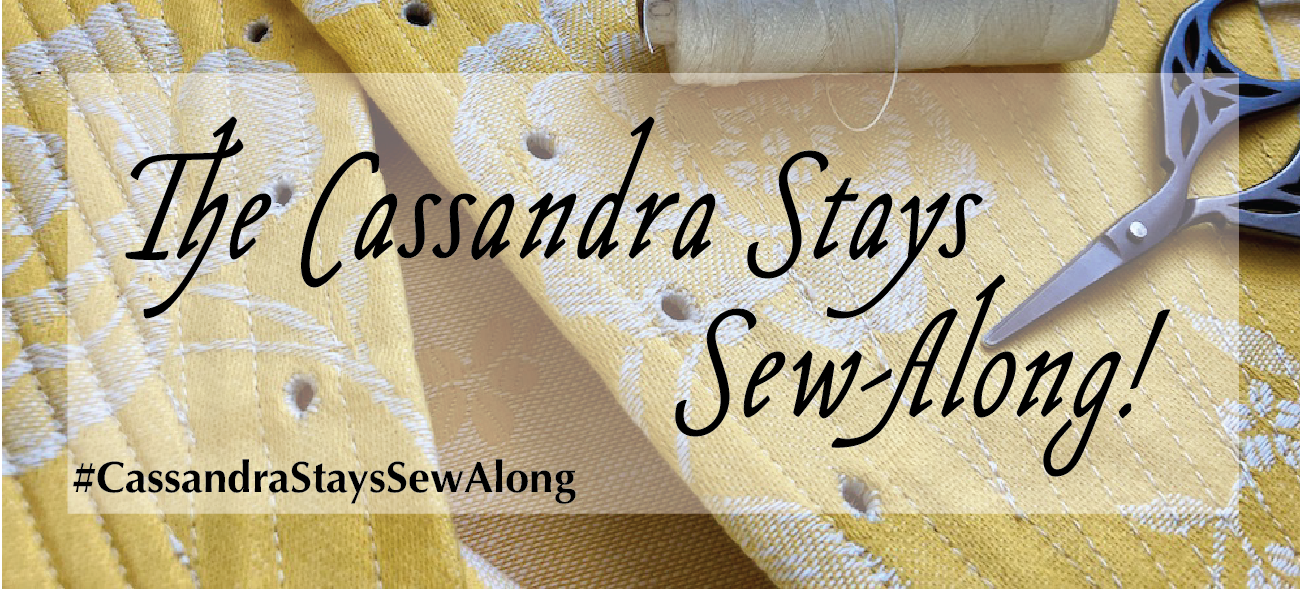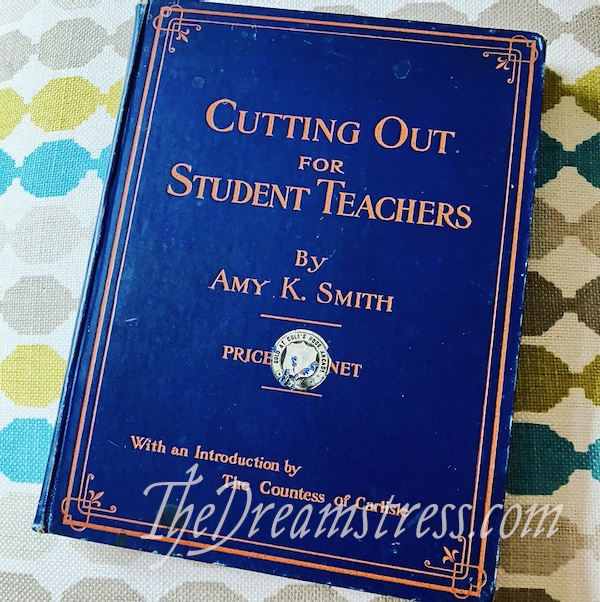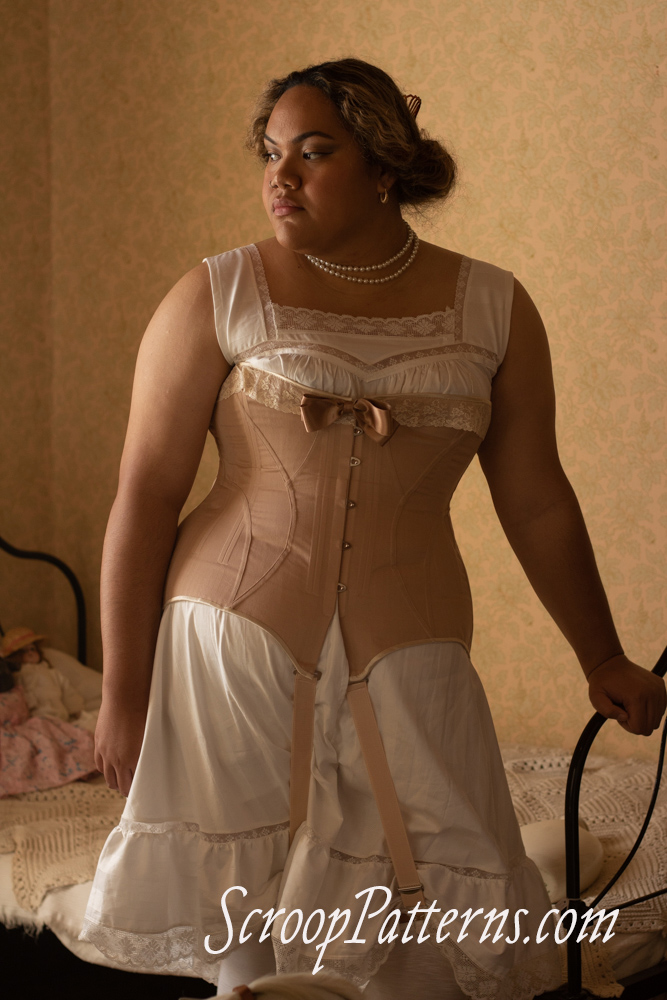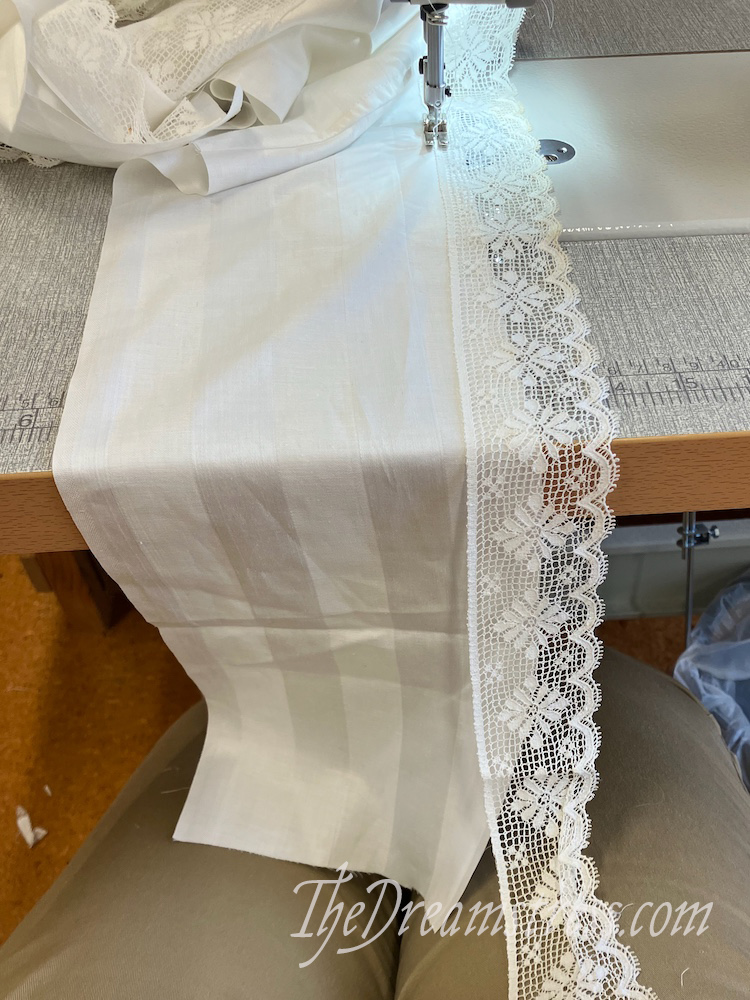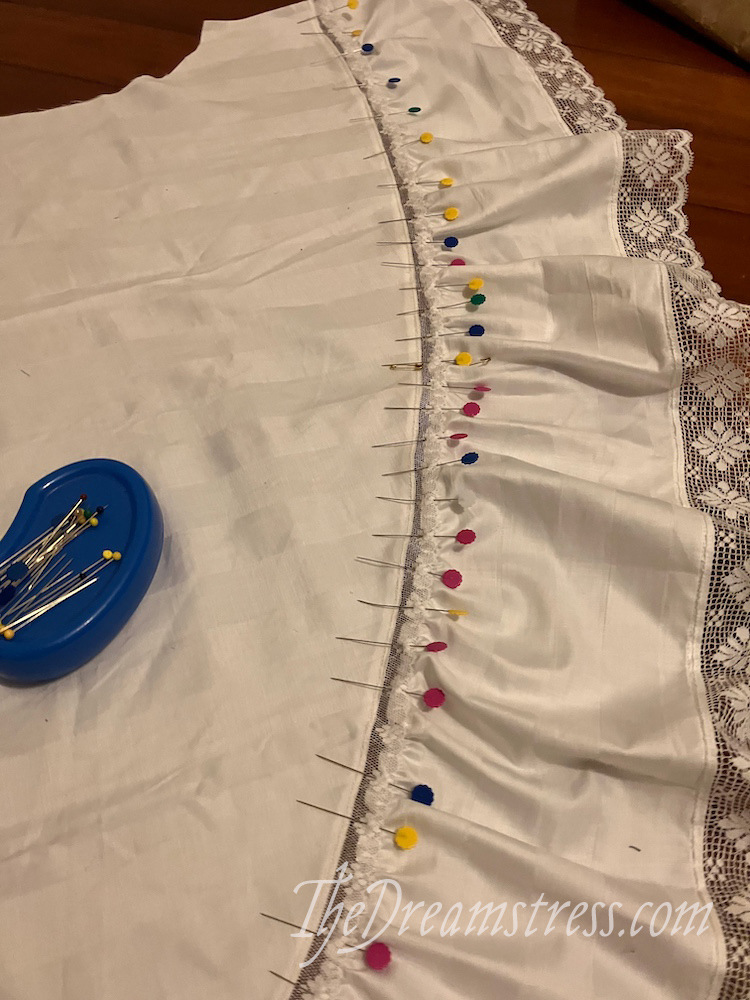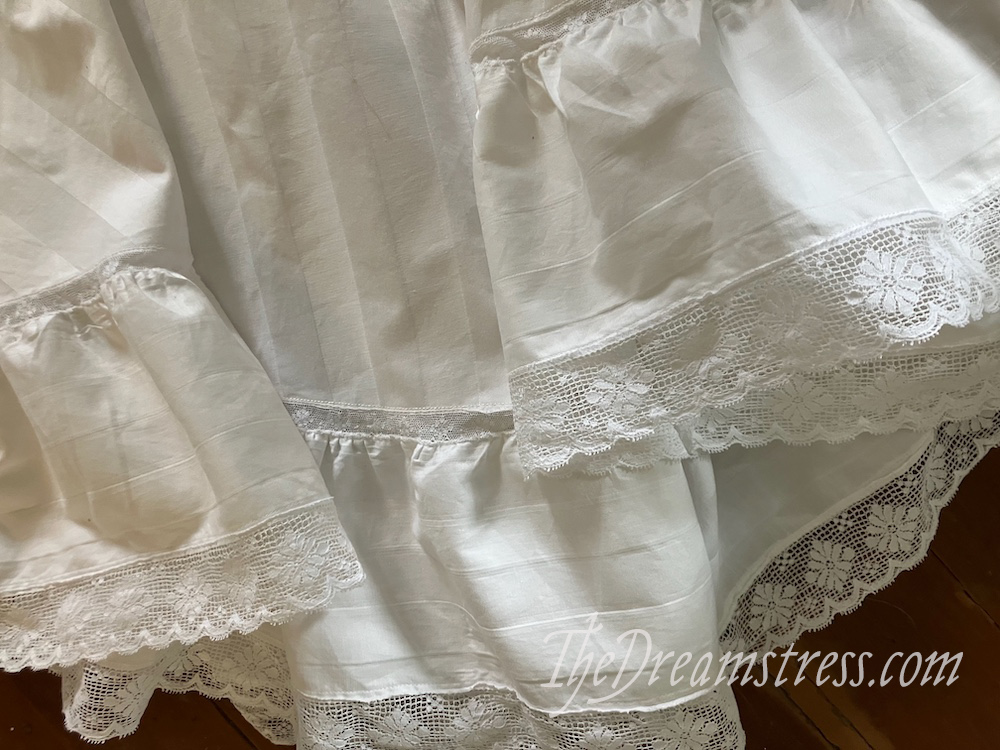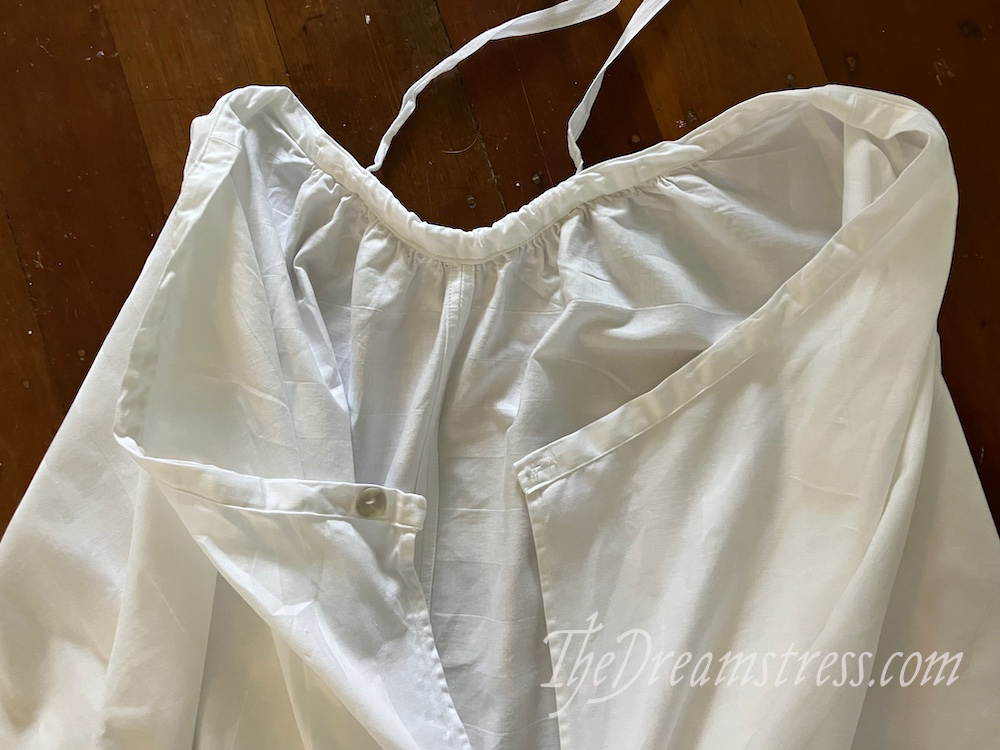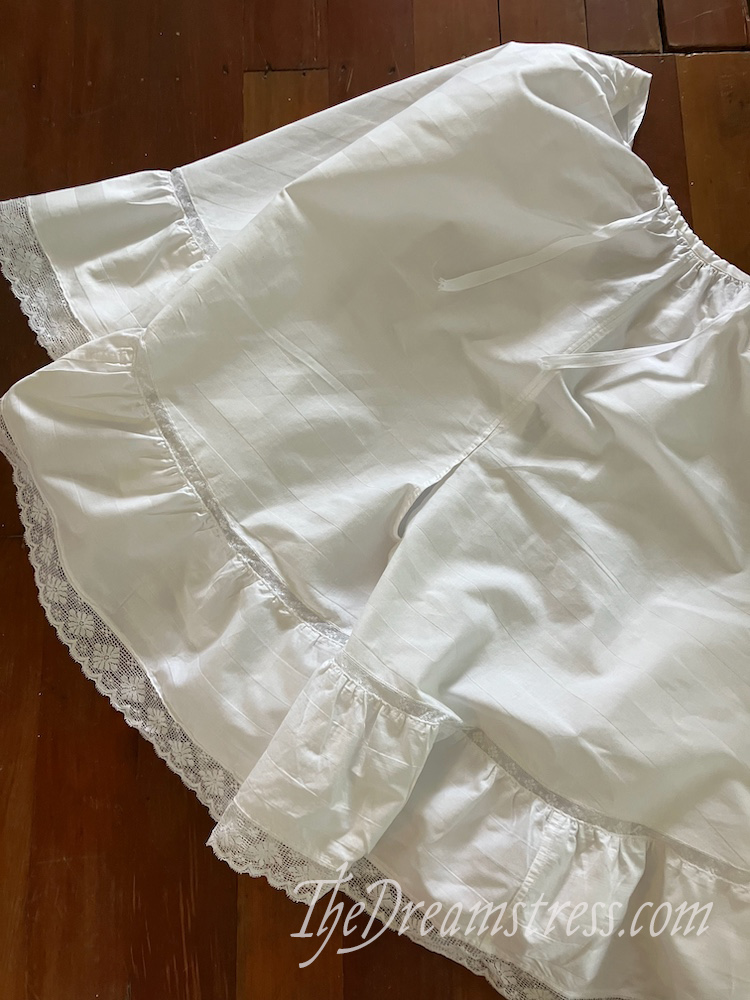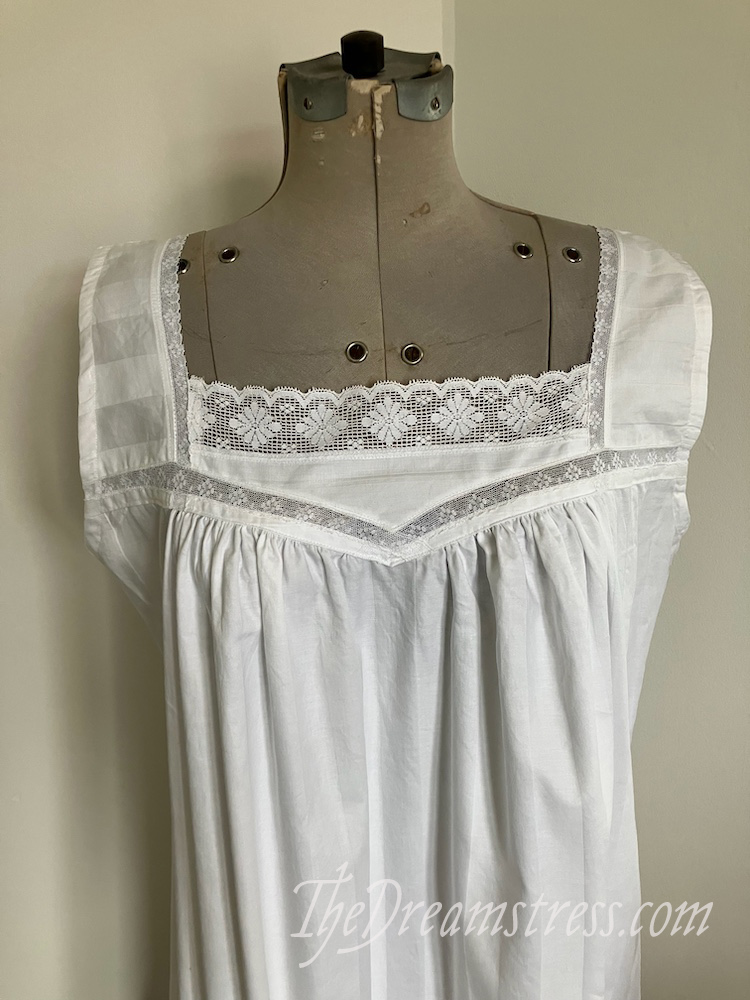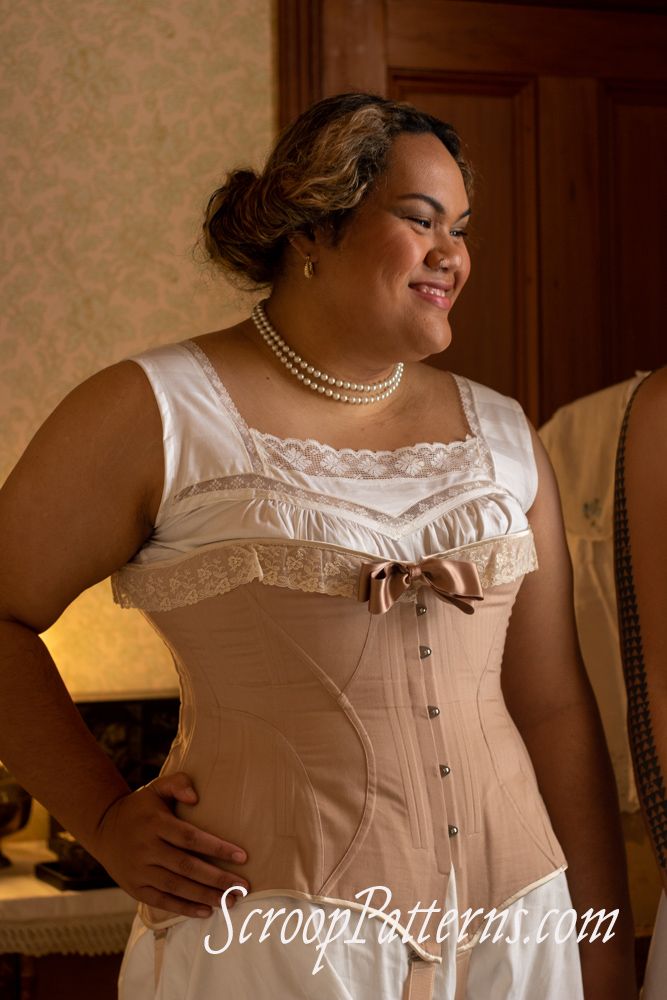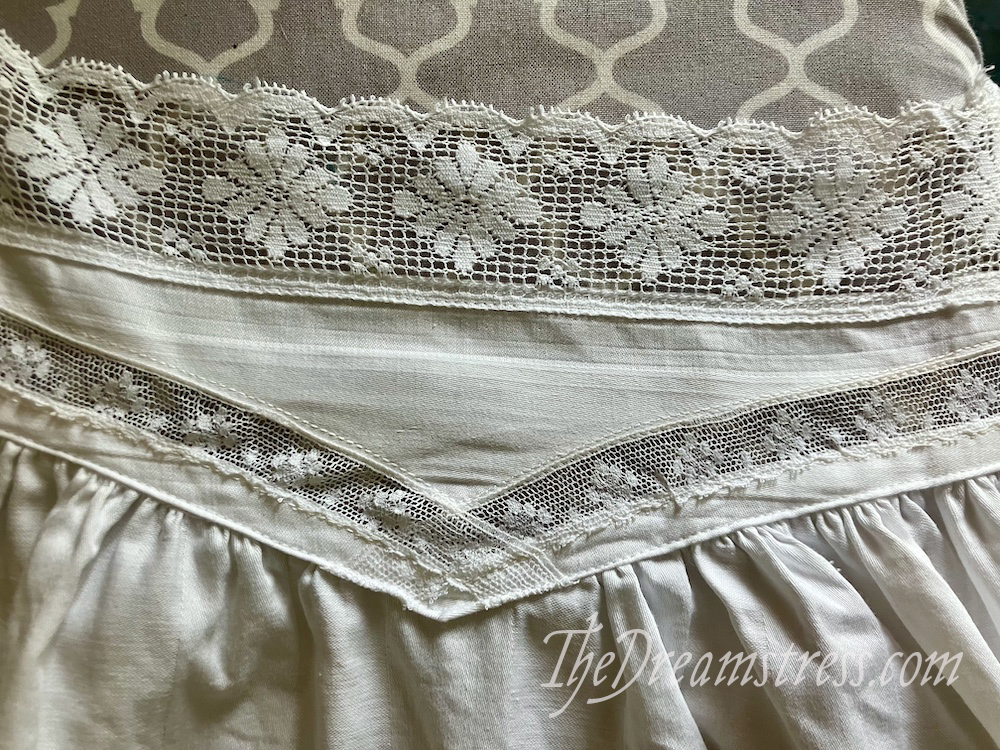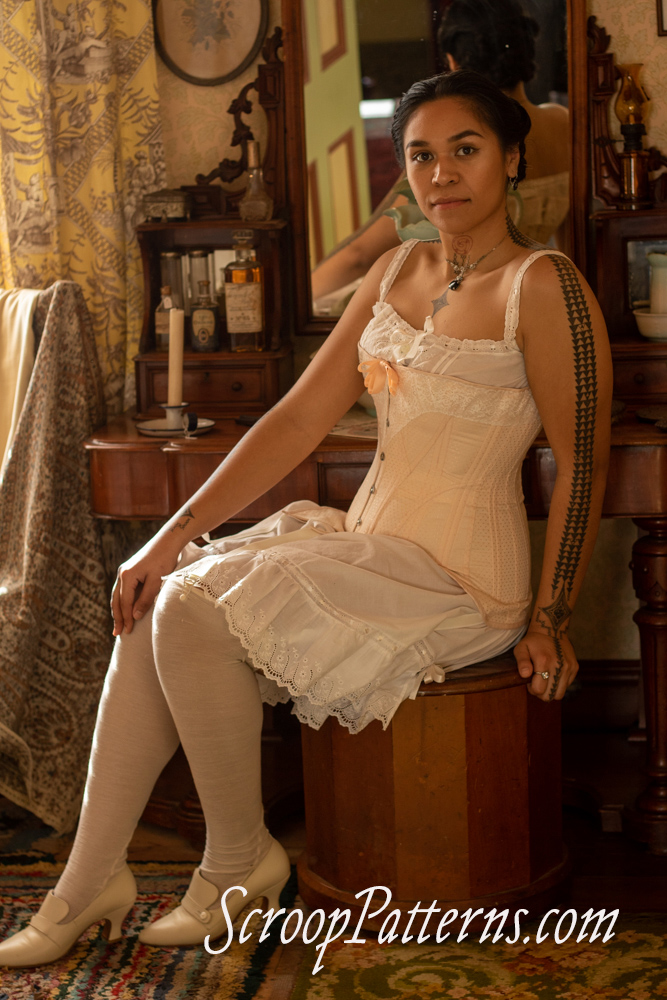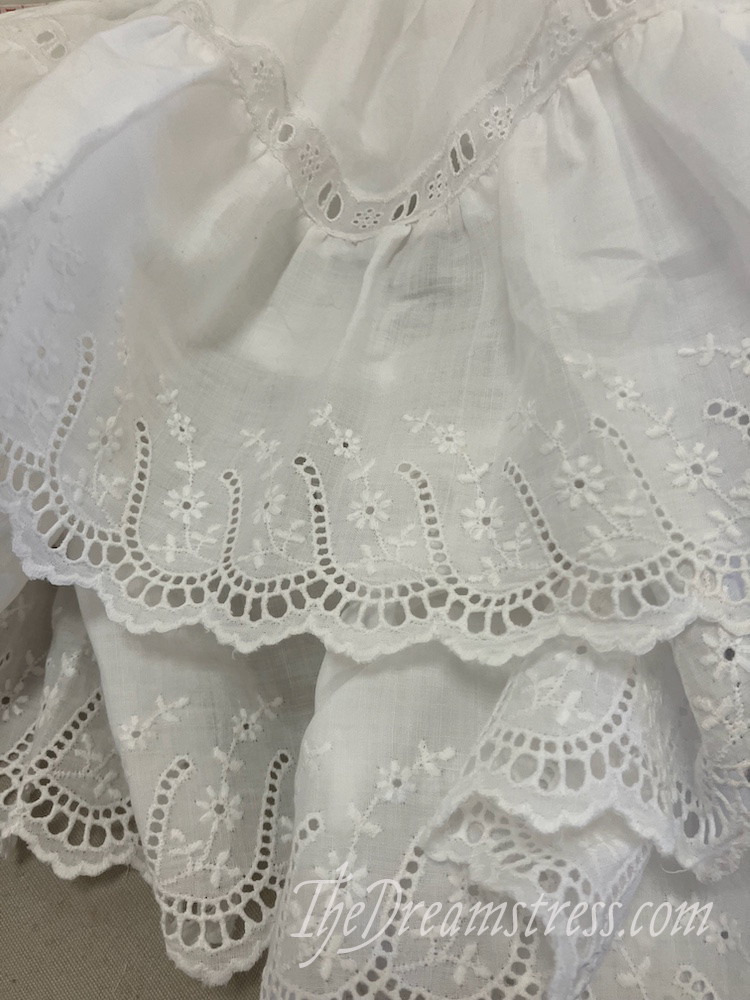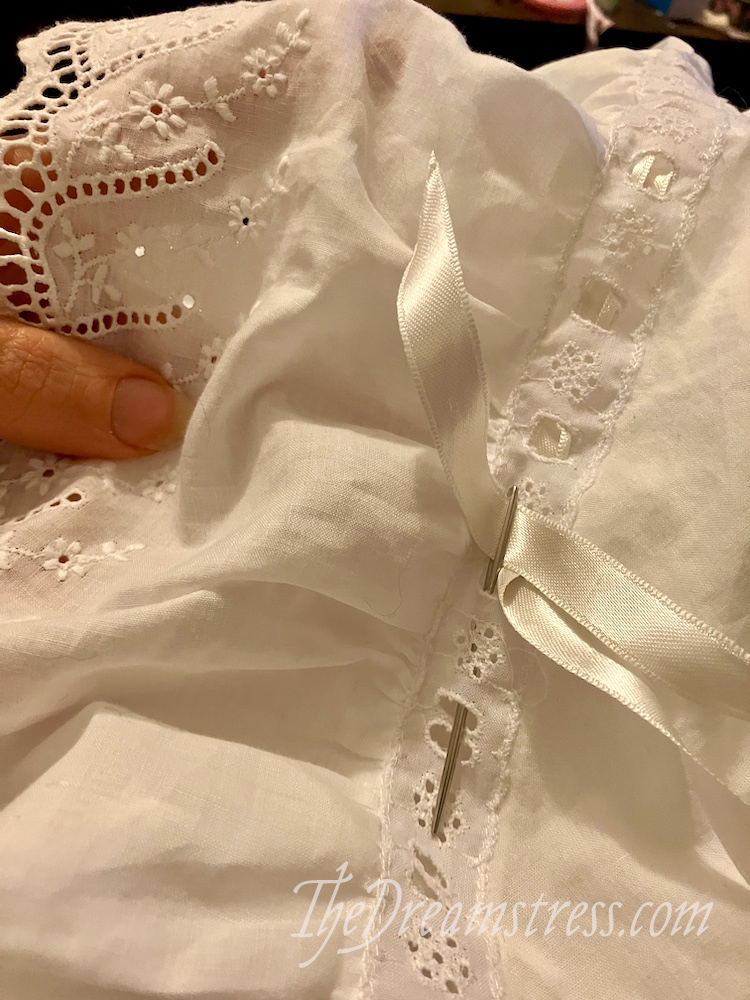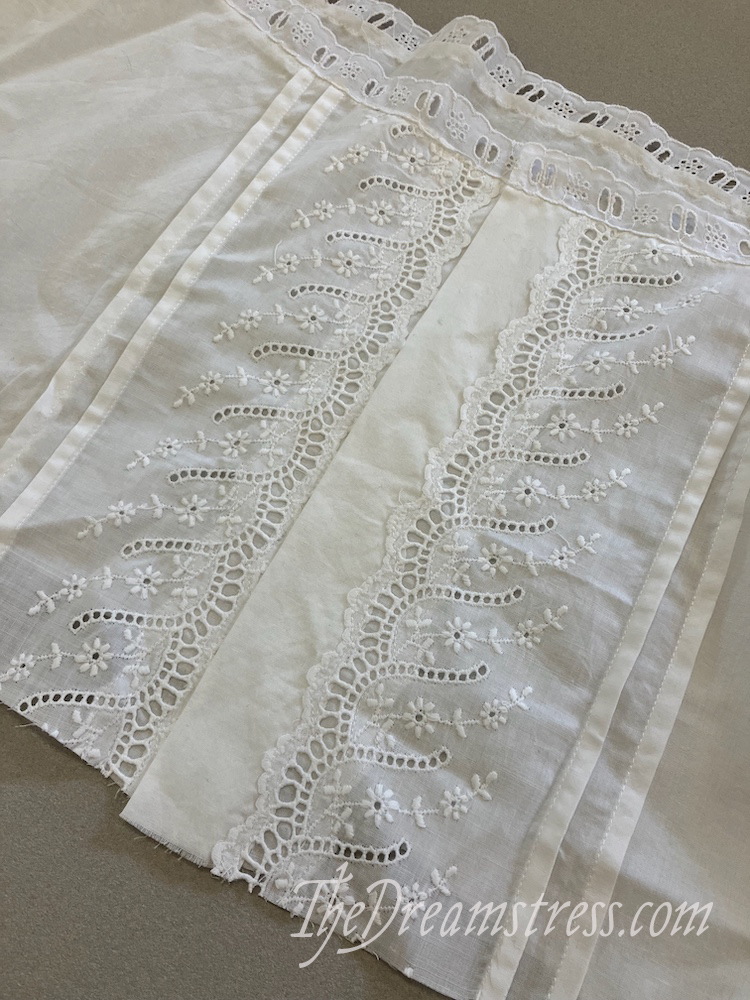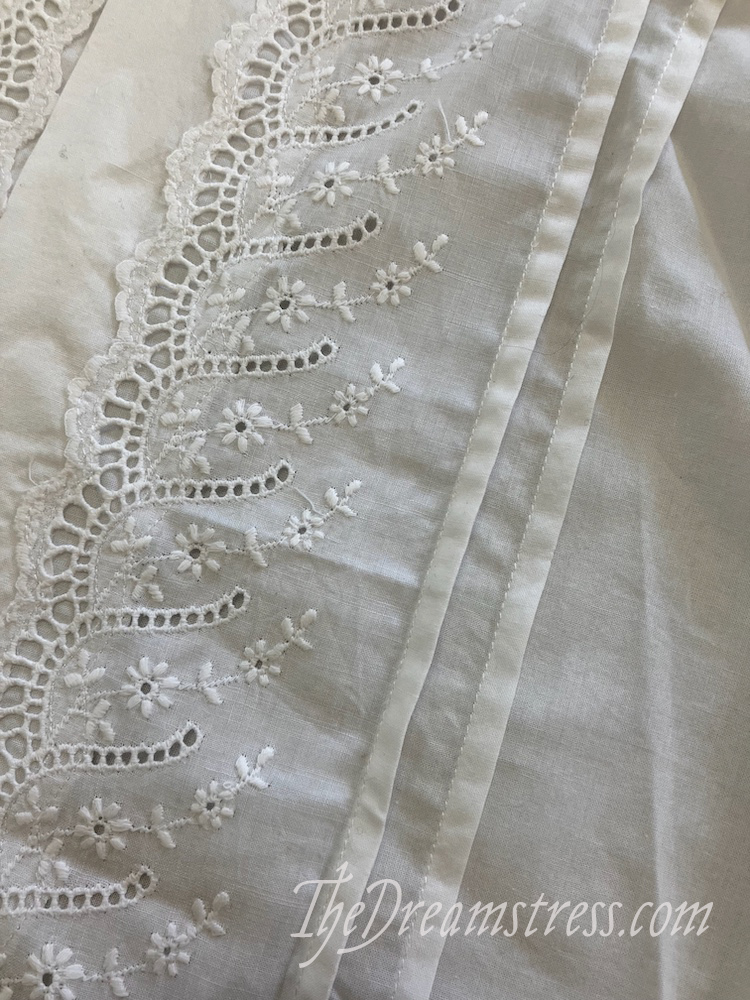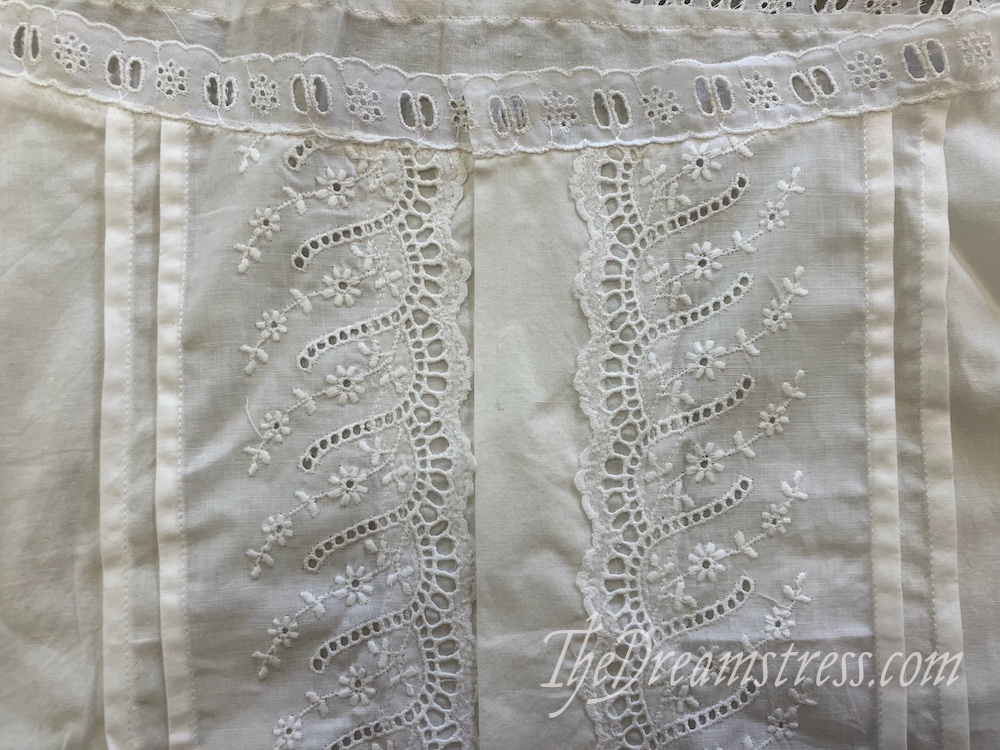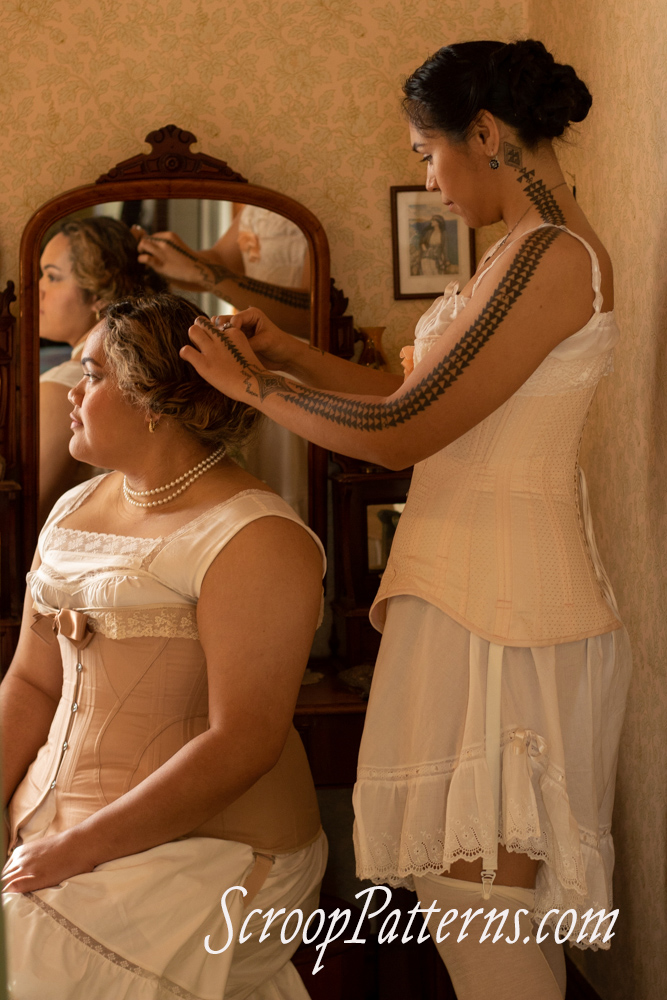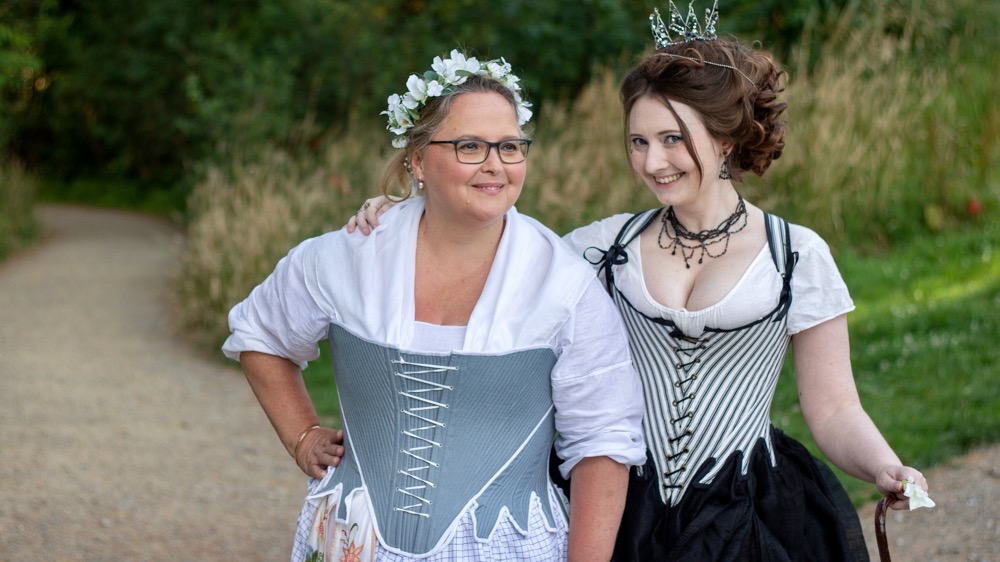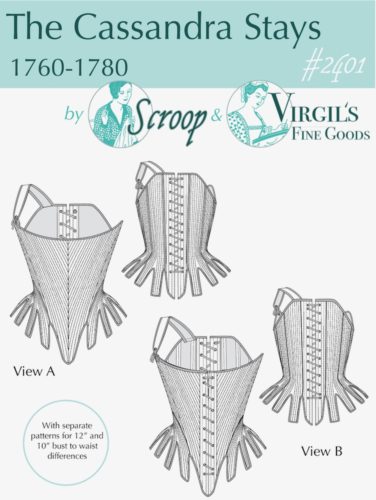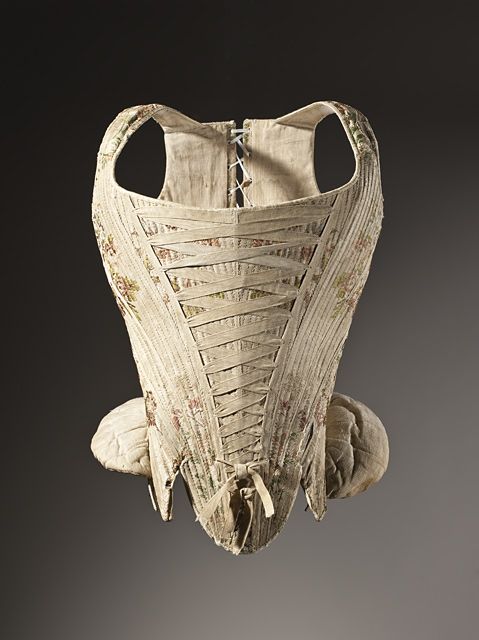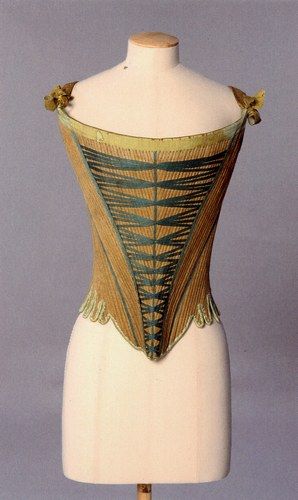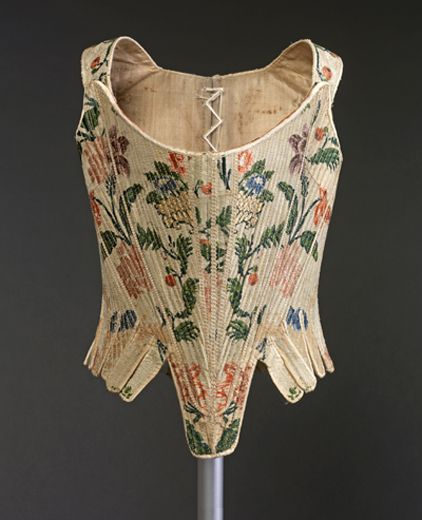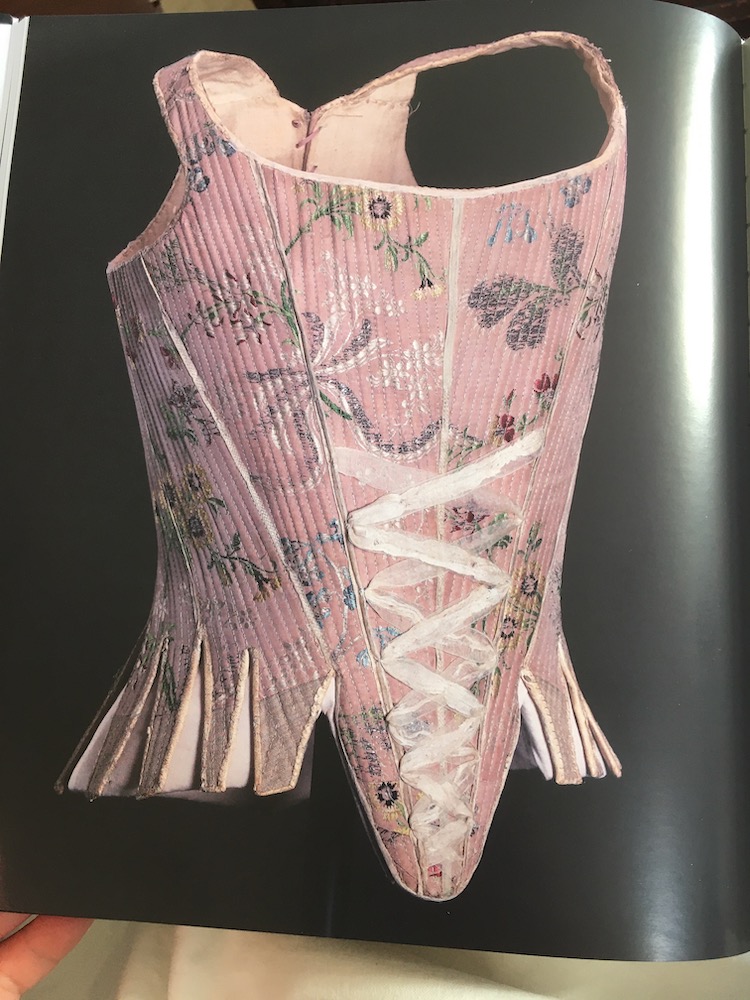Previously on The Cassandra Stays Sew Along:
- Choosing Material for the Cassandra Stays
- Making Linen Buckram
- Making your Mock-Up
- Fitting
- How to alter the Cassandra Stays pattern to be front-laced only
- Cutting Out & Basting
- Testing techniques
- Sewing the Boning Channels
- Making the View B Stomacher using historical materials
It’s time for my favourite part of staymaking! Eyelet time!
Seriously, I’m not kidding. I love making eyelets. There is something so relaxing and repetitive about it.
Marking the Eyelet Hole Placement:
First, mark the hole placement for your eyelets. Use the pattern piece right side up for the Wearer’s Left side, and the template for the Wearer’s Right.
I like to fold my pattern piece and template through the centre of the eyelet marks, as shown below, to mark the eyelet spacing:
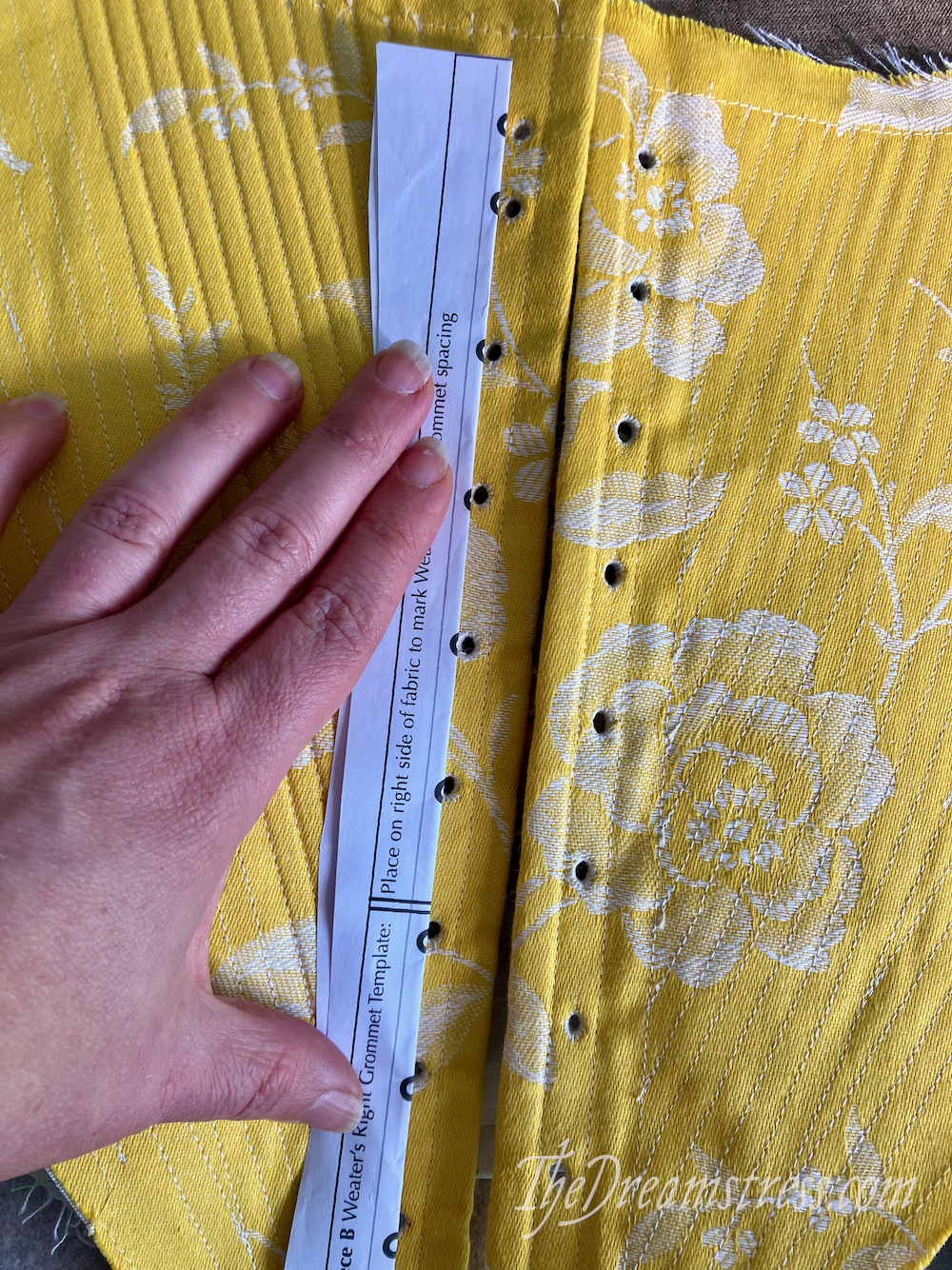
The Cassandra has offset lacing holes because both the historical and theatrical versions use spiral lacing.
Use something that will last to mark your holes: I like good old-fashioned pencil for this. It will disappear into the hole anyway!
With your holes marked, choose whether you want to try working the holes with the lacing bones in, or out. If you try one way and don’t like it, you can always take the bones out or put them in!
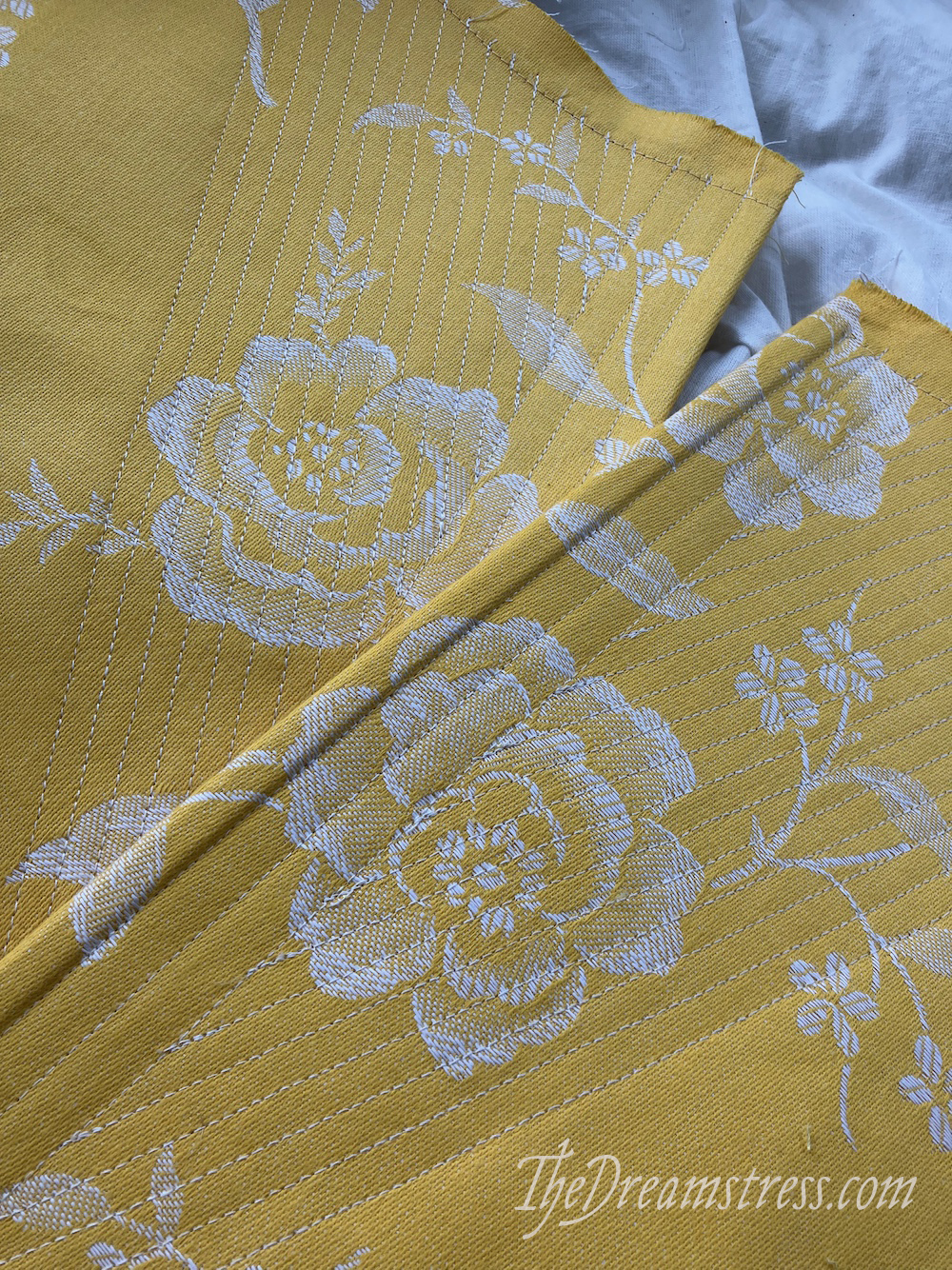
If you are doing a fully theatrical version with metal eyelets, install them as per the instructions in the manual and your eyelets/eyelet press.
Historical Eyelets
Use a tailors awl/stiletto to open your holes. DO NOT punch your holes. Any thread you cut or break weakens the eyelet. Plus, it’s much harder to sew an eyelet around fraying cut edges than a nice strong pushed-apart thread hole.
A tapered tailors awl will make your job much easier than a straight awl. I use the Clover tapered tailors awl. It’s not a pretty historical thing, but it works really, really well.
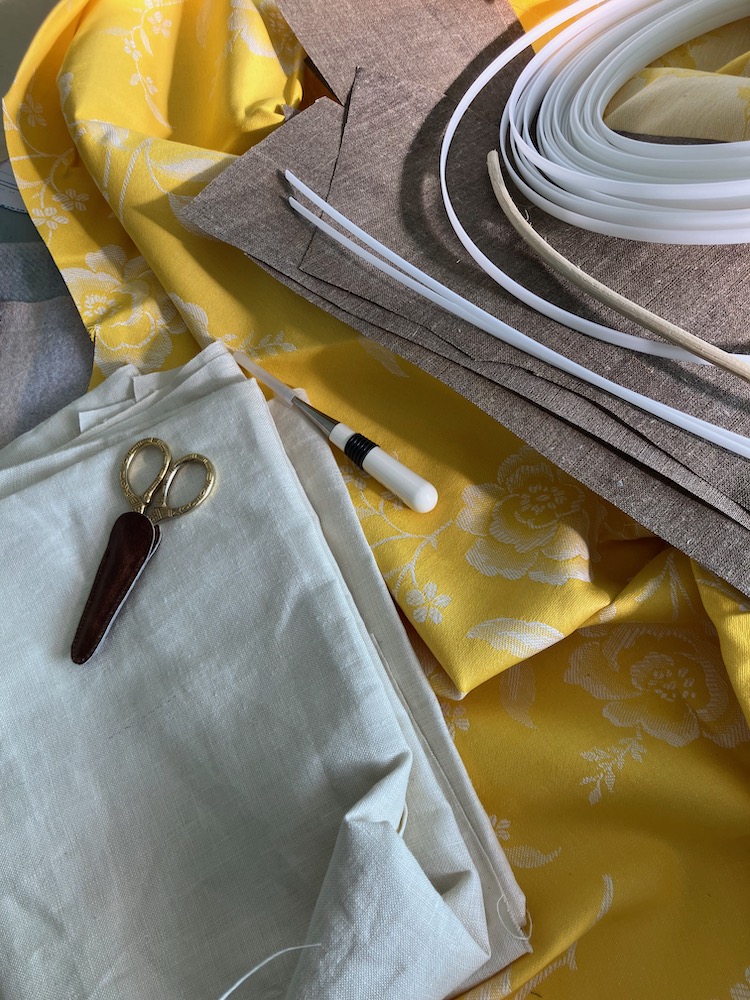
Hand sewn eyelets sound fragile. Will they really withstand strong lacing?
Yes, absolutely! In my experience they are actually stronger and less likely to pull out than metal eyelets. I’ve never had a hand-sewn eyelet tear out, but I’ve had many metal eyelets tear out. Ideally a metal eyelet should be set into a pushed-apart hole, but it’s often extraordinarily difficult to do that, so you end up punching a small hole, and weakening the fabric.
In addition to pulling out, I’ve seen metal eyelets cut through the threads on the outer layer of fabric over time. Finally, it’s very hard to find eyelets today that crimp down without breaking the metal in some places, and the sharp edges of those breaks can wear on your lacing cord, scratch your skin, and catch on your underthings.
Hand sewn eyelets, on the other hand, can easily be worked in a hole without breaking a thread, making them very strong. You can continue to use the awl to stretch open the hole as you sew. The holes just need to be big enough to lace your cord through, and over time the lacing will open the holes just a little bit more. The stretching action of the cord going through the hole will also compact the threads around the hole, making them stronger with wear.
I recommend using linen thread for sewing historical eyelets, as linen threads will compact together while cotton wears out, so they last longer.
Conclusion: Hand sewn eyelets are strong.
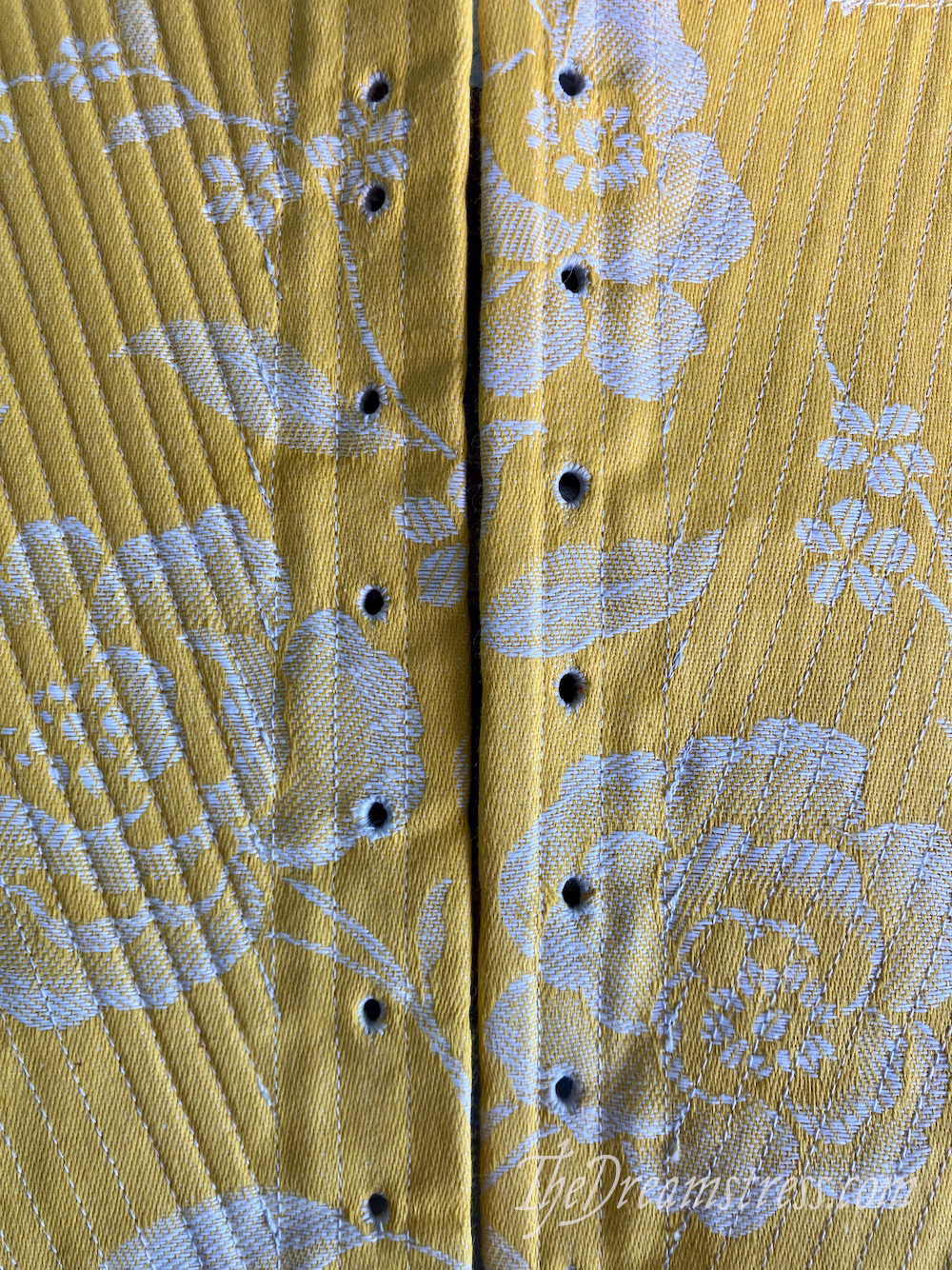
Here are my eyelets. Those suckers are going to last forever!
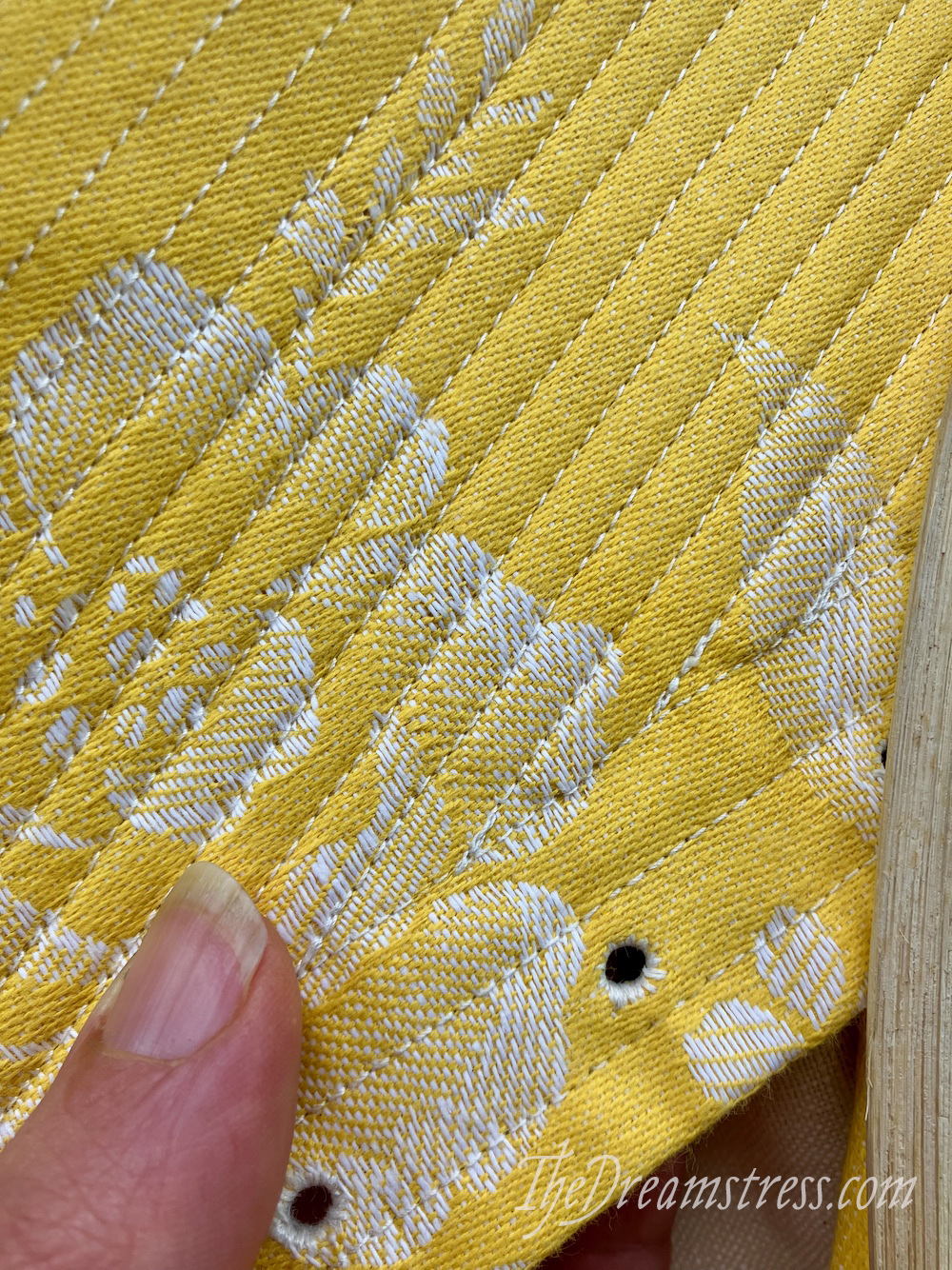
Hope you enjoy working your eyelets!
Next up: we finally get to boning!

